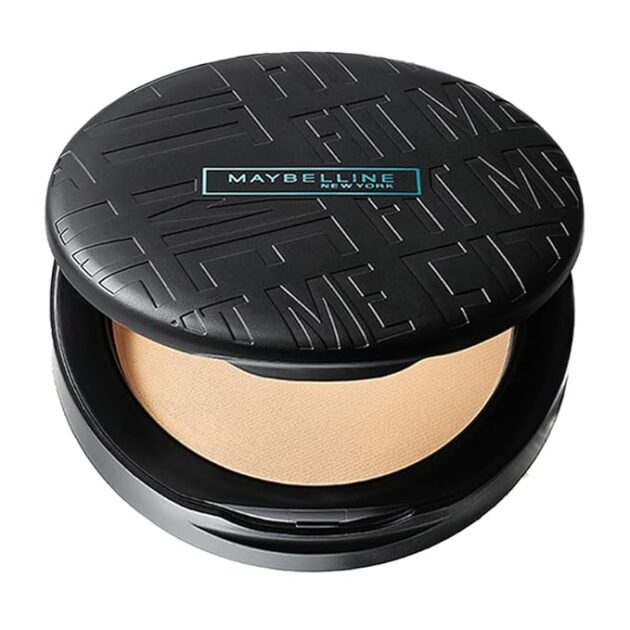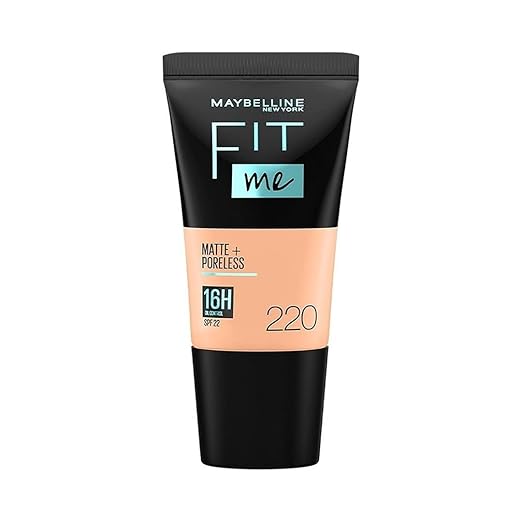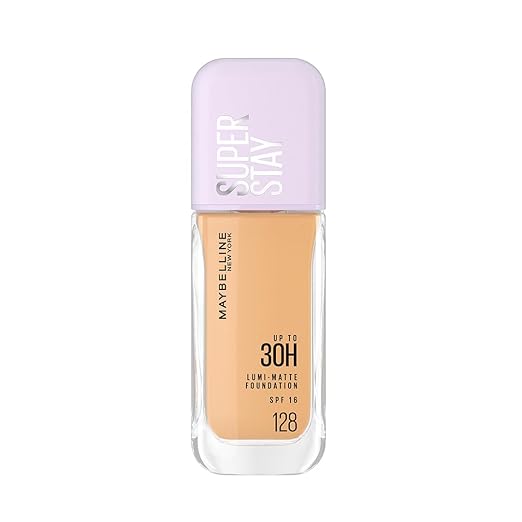Face coverage refers to the practice of protecting or concealing the face using various products or garments. It serves multiple purposes, from health and safety to fashion and privacy. The most common forms of face coverage include masks, scarves, veils, and face shields.
In the context of health, face masks became widely recognized during the COVID-19 pandemic as an essential tool to prevent the spread of the virus. Masks, made from cloth or surgical materials, help block droplets that carry viruses and bacteria, reducing the transmission of infections. These masks are still commonly worn in crowded public spaces, particularly in healthcare settings, where protection is paramount.
Face coverage is also a significant part of cultural practices and modesty norms in many parts of the world. In regions like the Middle East and South Asia, wearing a veil or hijab is a tradition that serves both religious and social functions. These garments are worn to maintain modesty according to cultural or religious beliefs. For example, the niqab and burqa are worn by some Muslim women to cover their faces, while the sari in India might also feature a portion of fabric used to cover the head and shoulders.
Showing all 3 resultsSorted by latest
-
Sale!

Maybelline Fit Me Matte Pressed Powder for Oily Skin
Original price was: ₹259.00.₹177.00Current price is: ₹177.00. -
Sale!

Maybelline New York Fit Me Matte & Poreless Liquid Foundation offers full coverage with a blendable formula, ideal for normal to oily skin types. Shade 220 Natural Beige, 18ml.
Original price was: ₹329.00.₹197.00Current price is: ₹197.00. -
Sale!

Maybelline New York Super Stay Lumi Matte Liquid Foundation, 30-Hour Endurance, Feather-Light Formula, Shade 128, 35ml
Original price was: ₹799.00.₹674.00Current price is: ₹674.00.
